Lucky, Day, and Hope are more than just the resident orang utans of Sukau Rainforest Lodge—they are a symbol of the beauty and resilience of Borneo’s wildlife. Since their first sighting in 2014, these magnificent creatures have become an integral part of our lodge, delighting guests with their presence and offering a rare glimpse into the life of orang utans in the wild.
Their story of survival, growth, and family is one that inspires hope and joy for all who visit, reminding us of the importance of protecting these endangered species and their natural habitats. At Sukau Rainforest Lodge, we are privileged to share our space with these remarkable animals, and every sighting of Lucky, Day, and Hope is a reminder of how fortunate we are to witness the wonders of nature.
Do you want a digital flyer about the story of our beloved orang utans to bring home?
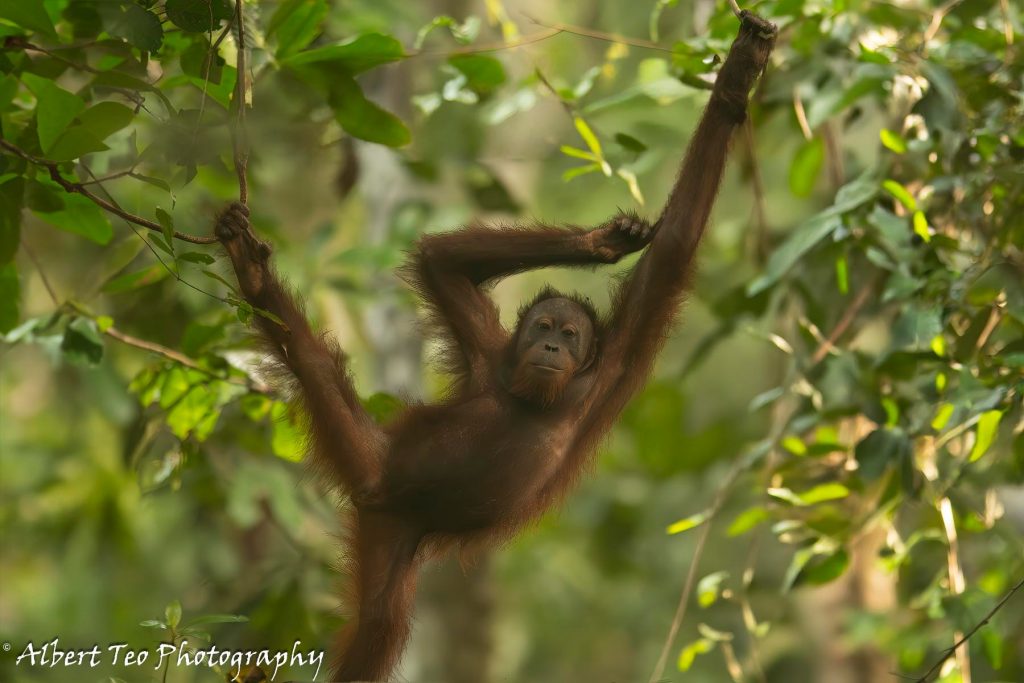
In July 2014, a mother orang utan and her tiny infant were spotted for the first time at our Hornbill Boardwalk. It was a rare and exciting moment, as they kept a safe distance, mostly staying hidden from view. Mother orang utan was probably wondering, “What are these hairless creatures?”. During this time, the pair appeared only a few times a year, making each sighting an unforgettable experience for those lucky enough to witness it.
By the following year, the mother and baby began to approach the lodge more frequently. As the baby orang utan grew, it started exploring independently while the mother kept a watchful eye. The pair, enjoying the abundance of fruit trees around the lodge and the peaceful environment, began to consider Sukau Rainforest Lodge their home. This was when we truly became connected with these extraordinary creatures.
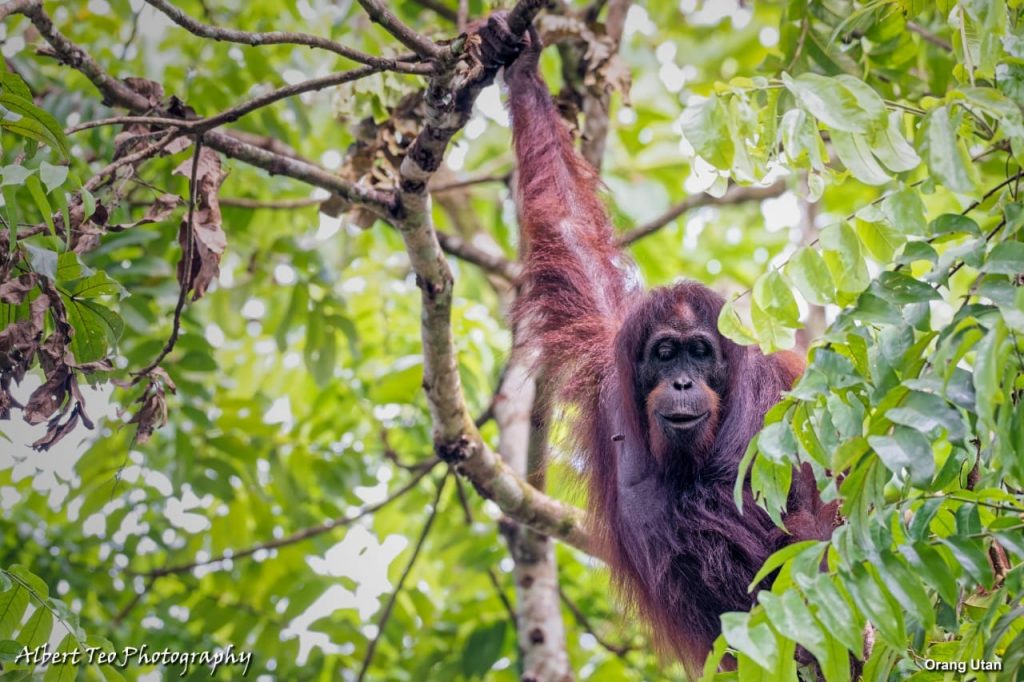
In celebration of their arrival, we held a naming contest, and Kate Williams chose the names Lucky and Day for the mother and baby. The name “Lucky” represented the fortunate experience of seeing these magnificent orang utans, and “Day” symbolized the joy of witnessing them in our midst. So, guests who encountered them often felt like the “lucky ones” to see such a rare and beautiful sight.
By 2016, Lucky and Day began visiting the area near the Ape Gallery. Day, now a 2-3-year-old juvenile, grew comfortable with the presence of humans. The duo spent time feasting on fruit from nearby trees and even seemed to enjoy the attention from guests taking photos. Lucky even created a nest for herself and Day near the Hornbill Boardwalk, further solidifying their place as our resident orang utans.
In December 2017, the family made a surprise visit to the Melapi Restaurant by the riverbank, delighting our staff and guests alike.
In April 2019, to everyone’s surprise, Lucky gave birth to a new baby—Hope. At the time, Day was a 5-year-old juvenile, and he quickly adapted to his new role as a big brother. This was a special moment, as Day now had the chance to practice all the survival skills his mother had taught him.
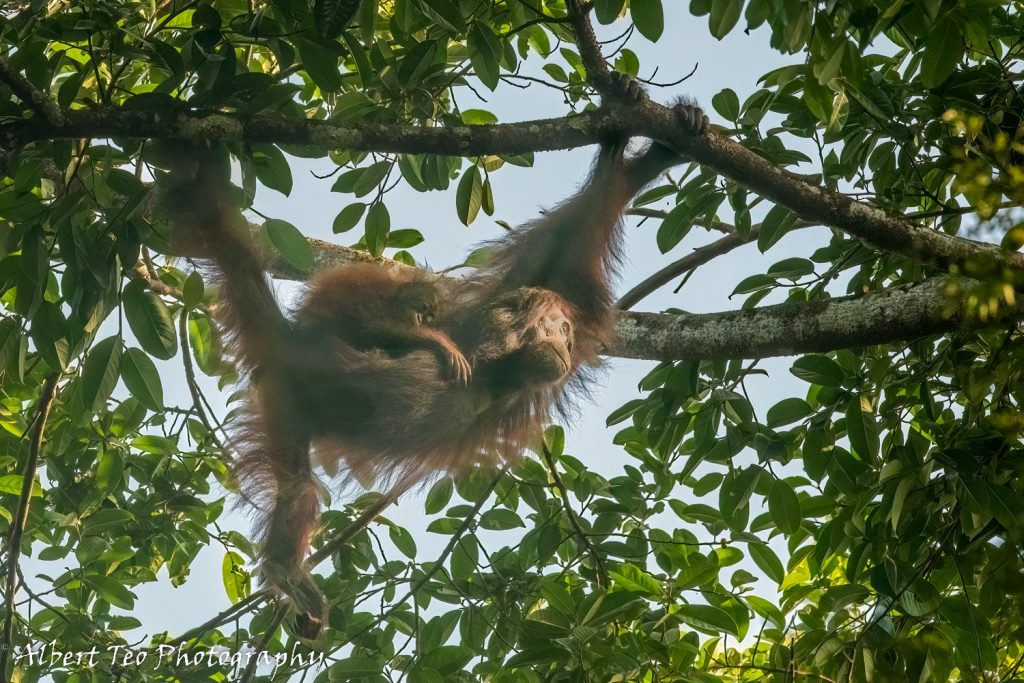
Hope, the new arrival, was named during our Orang Utan Baby Naming Contest in 2022. This name was chosen not just for the baby but also for the hope it symbolized during the difficult times of the Covid-19 pandemic. Hope represents the strength, resilience, and hope that we all held onto during challenging times.
Today, Lucky, Day, and Hope continue to visit the lodge from time to time, especially near the Hornbill Boardwalk, Attenborough Boardwalk, Borneo Villas, and Kari Boardwalk. Their presence brings joy to both guests and staff, and every sighting of this incredible family is a reminder of how fortunate we are to share our home with them.
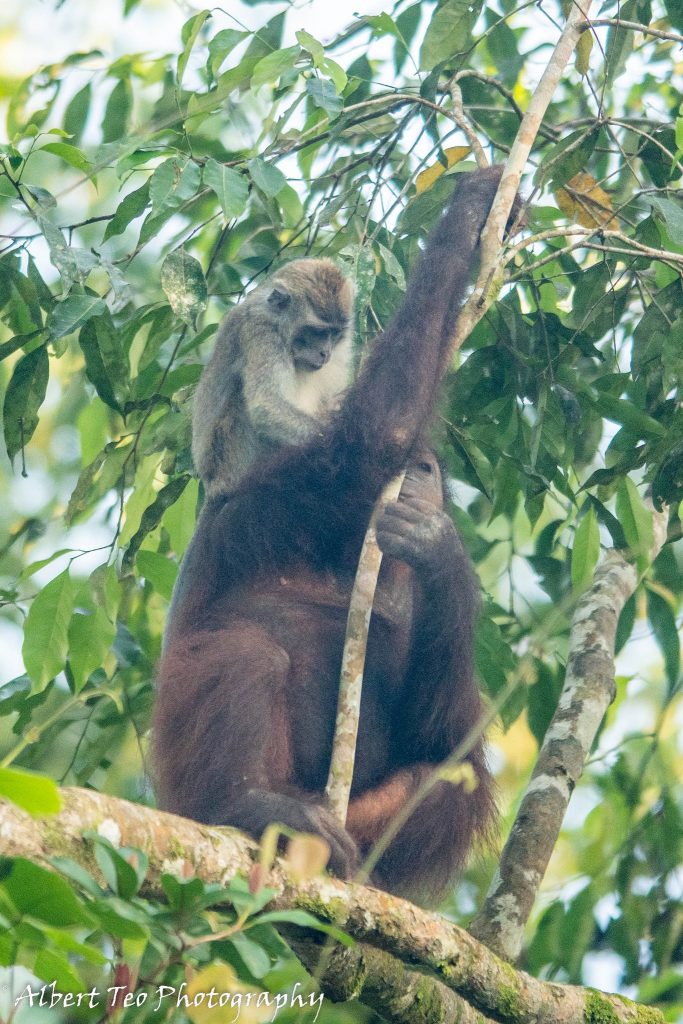
• Orang utans are one of the most intelligent primates, known for their problem-solving skills.
• They share approximately 97% of their DNA with humans.
• Orang utans are native to Indonesia and Malaysia and are classified as critically endangered.
• They primarily live in trees and spend most of their time in the rainforest canopy.
• Orang utans have a diet that consists mostly of fruit, but they also eat leaves, flowers, and insects.
• Female orang utans typically give birth every 6 to 8 years, raising their young for several years.
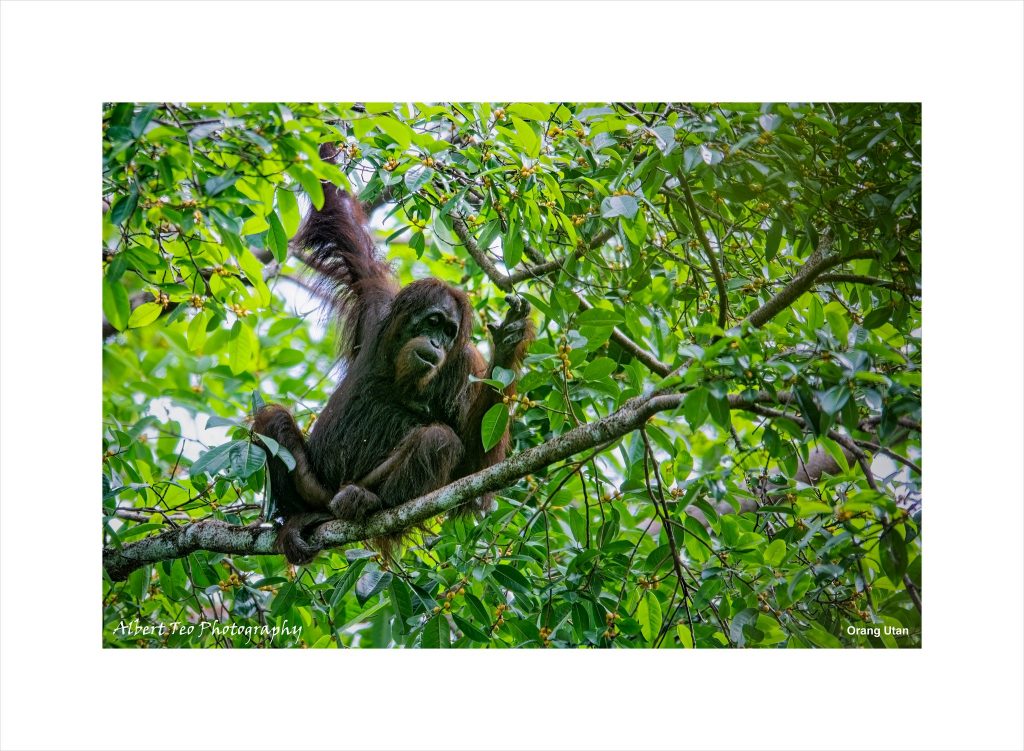
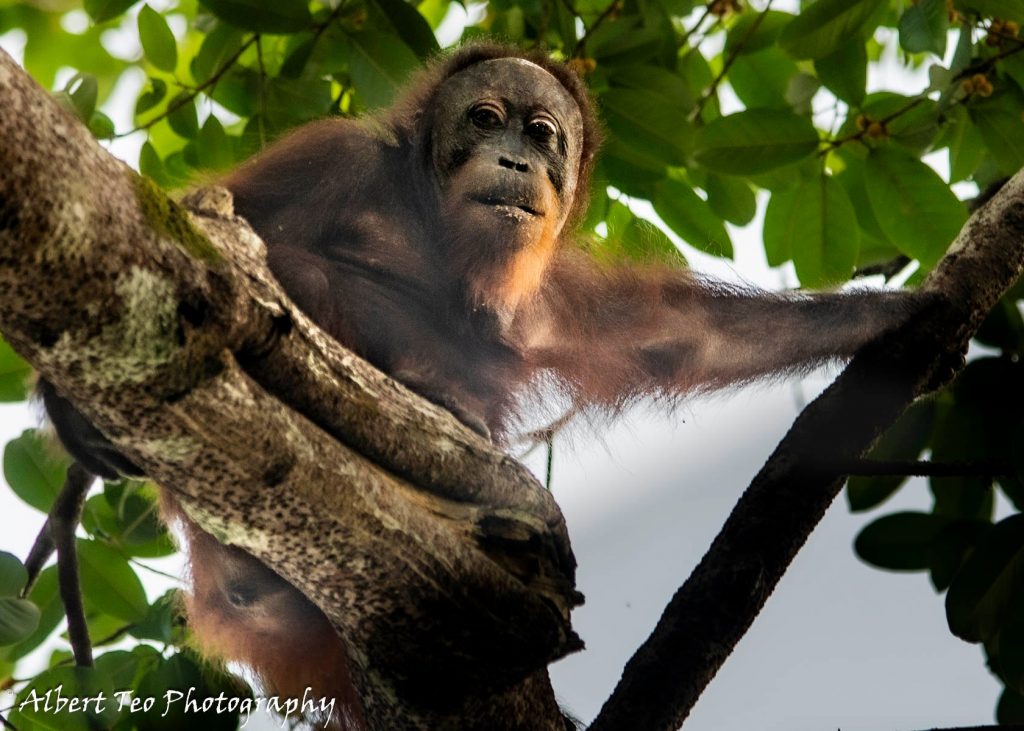
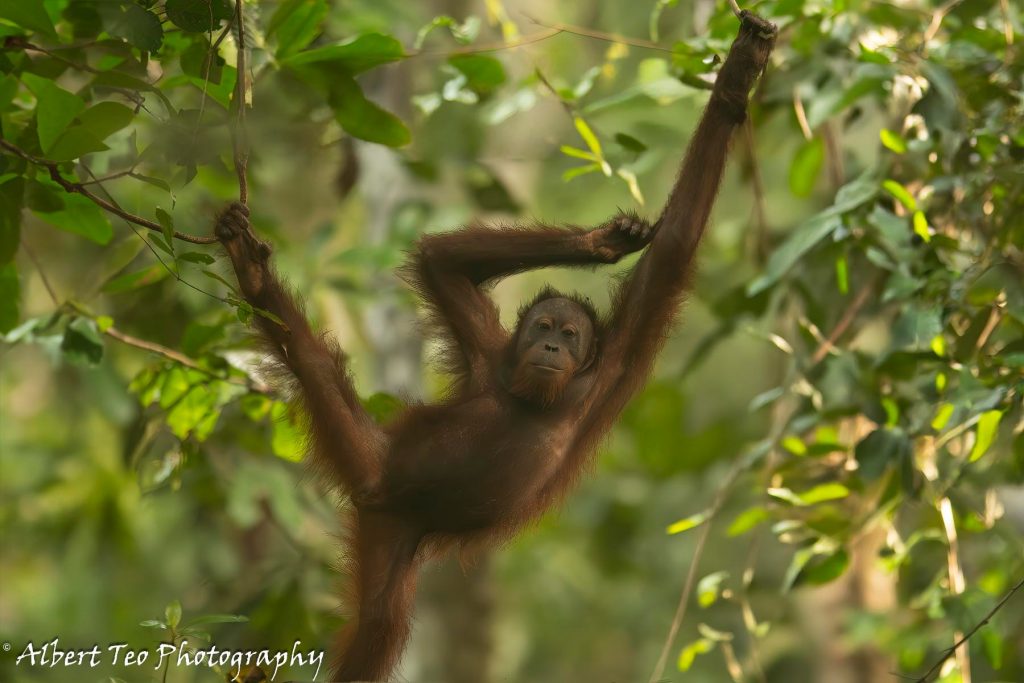
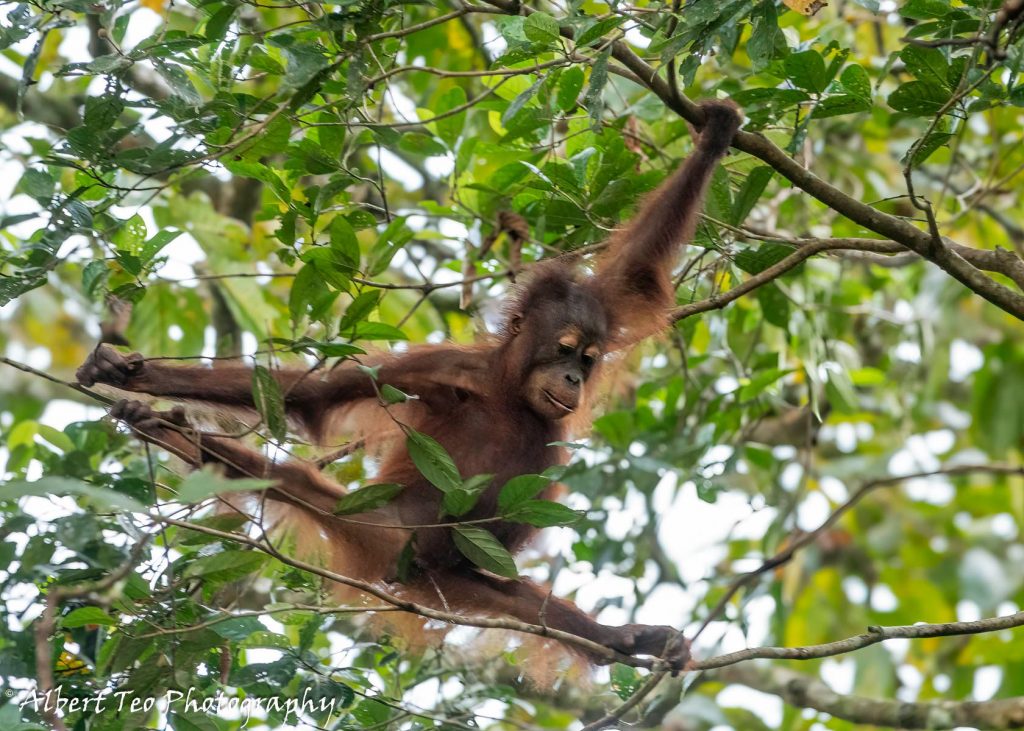
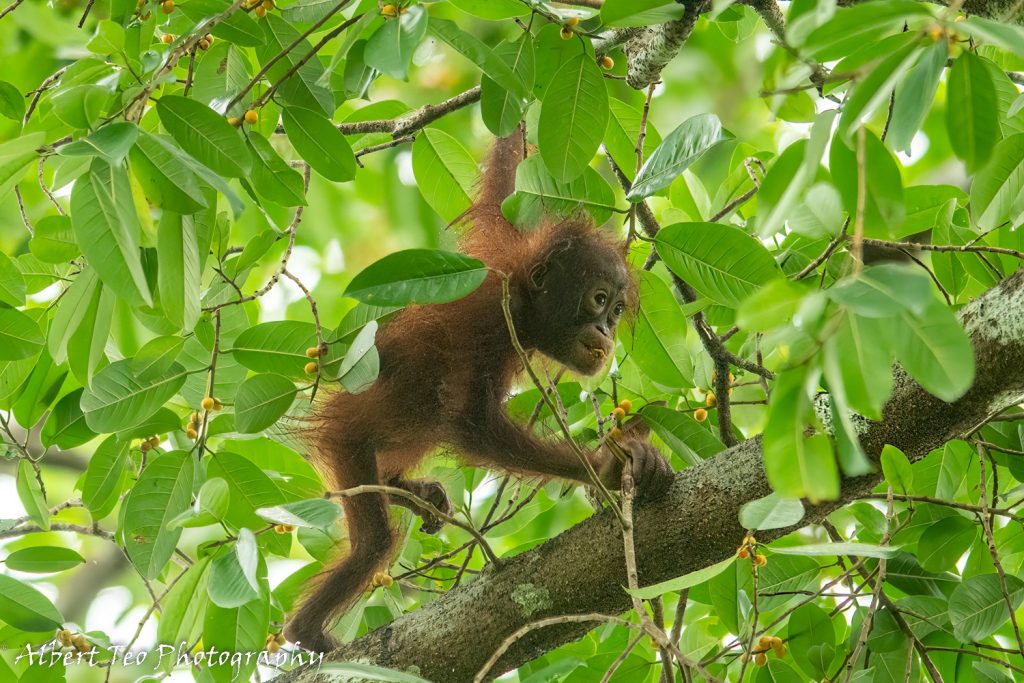
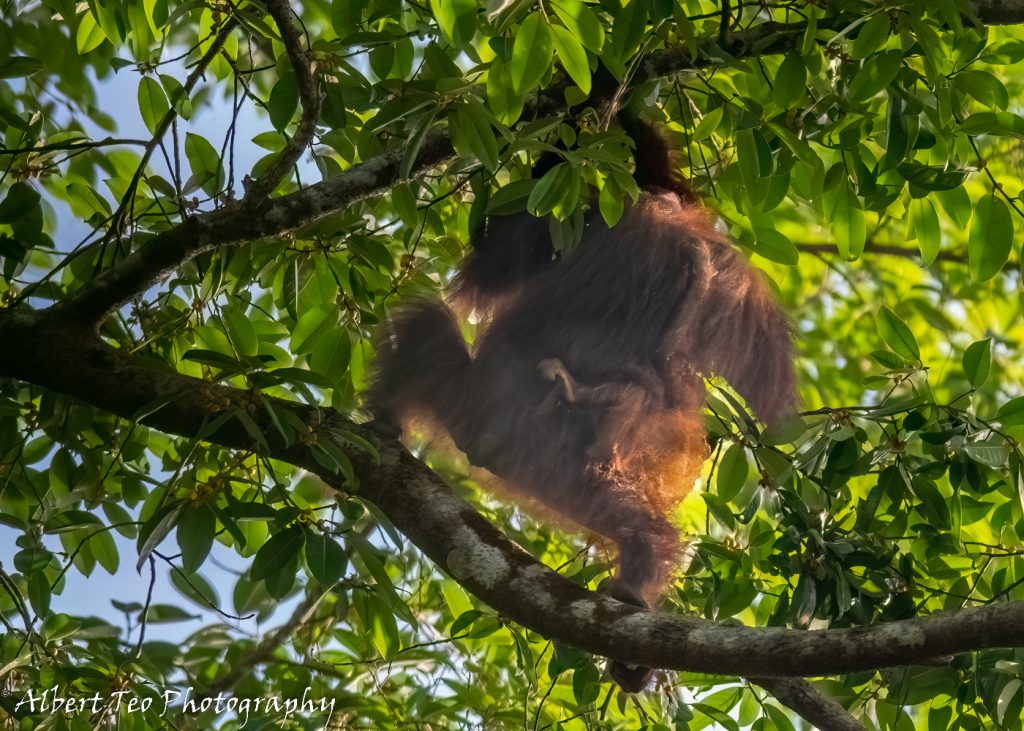
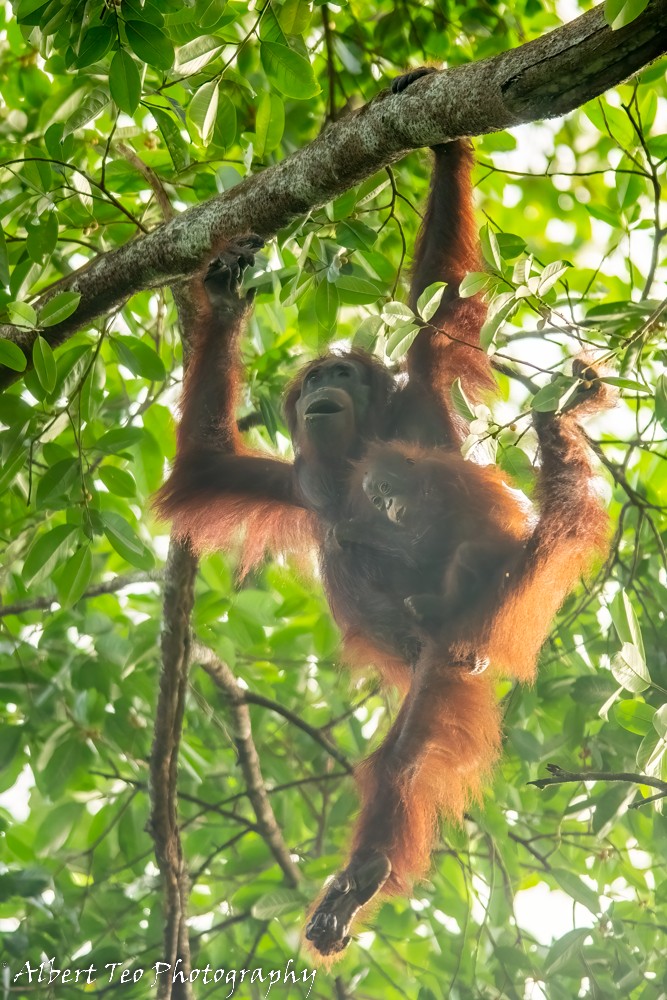
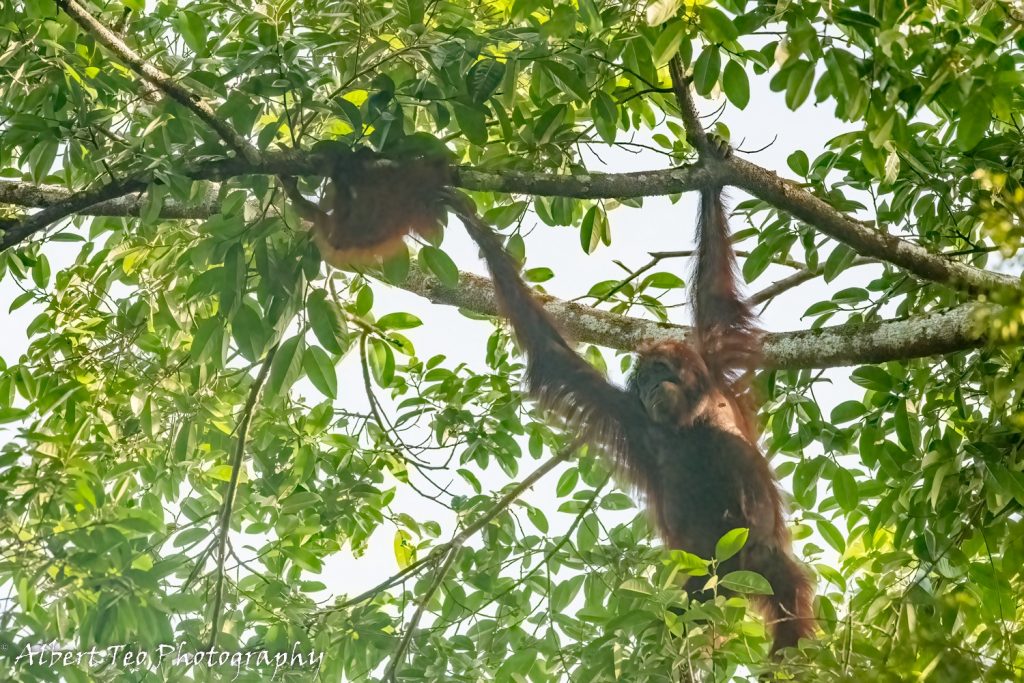
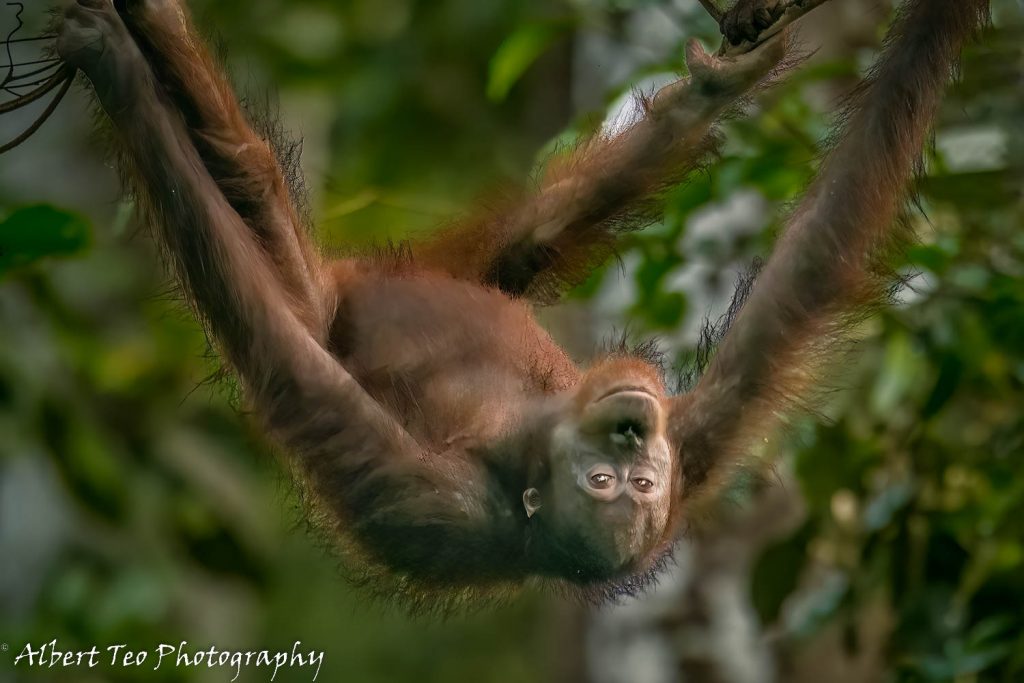
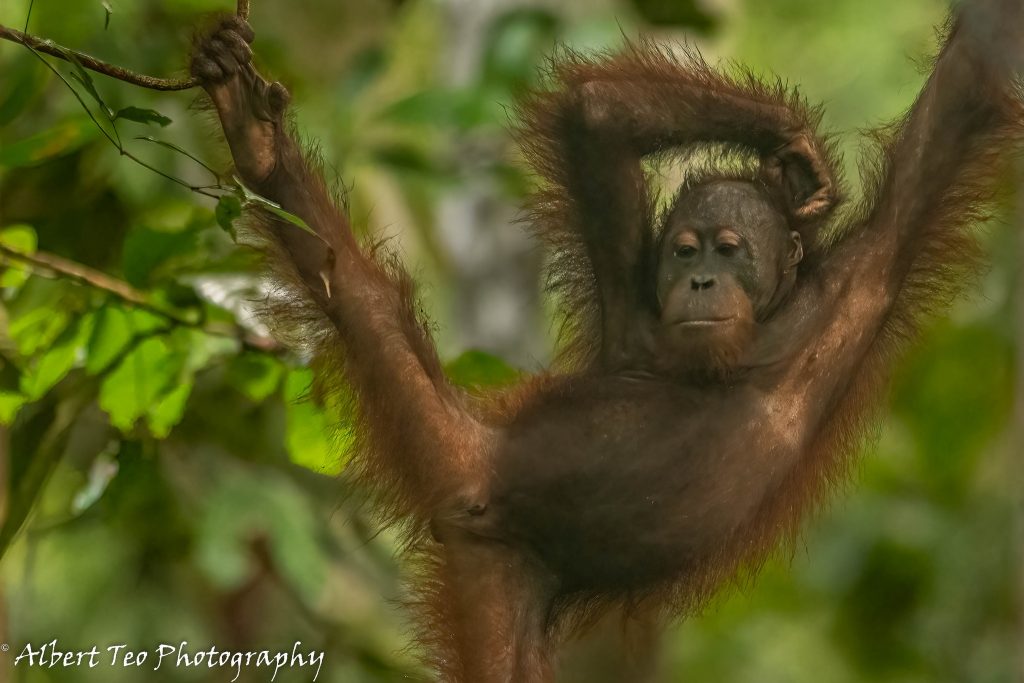
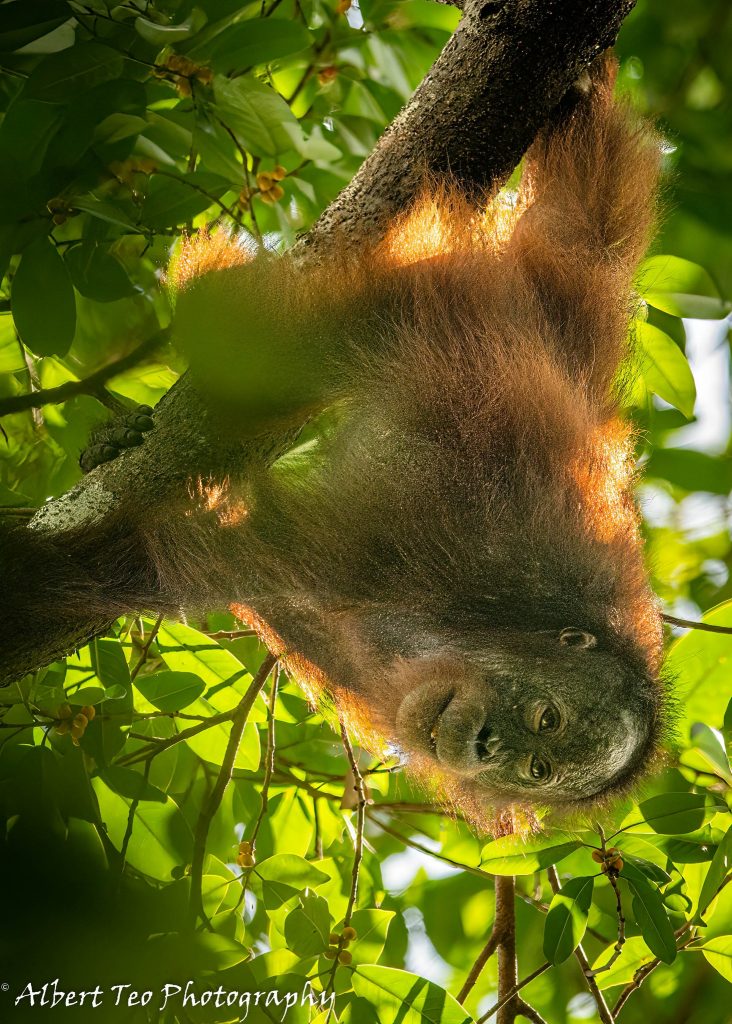
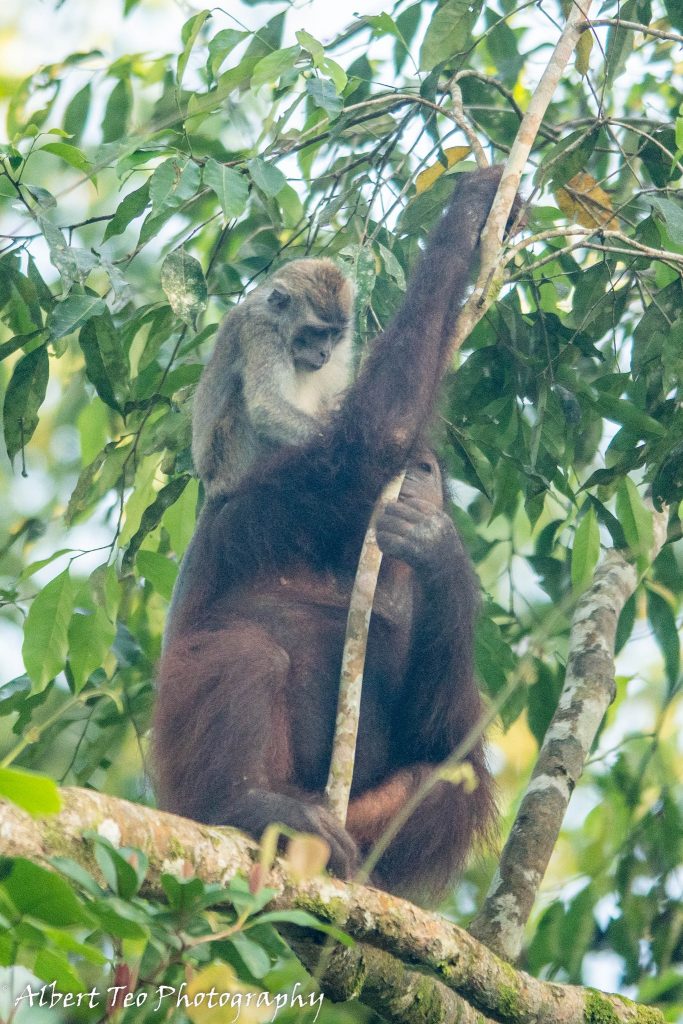
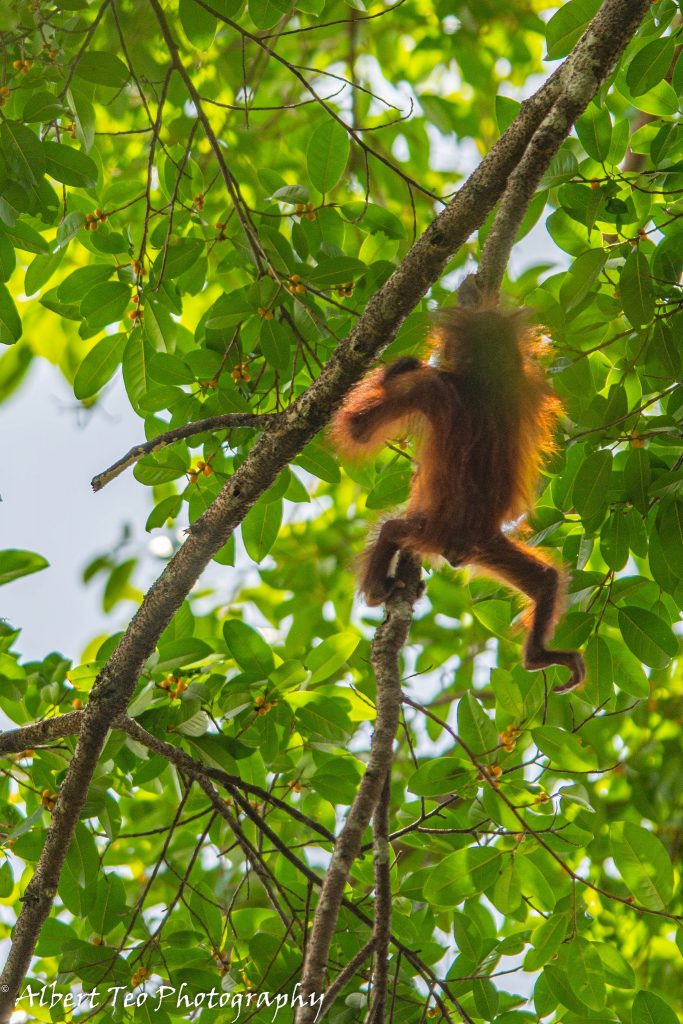
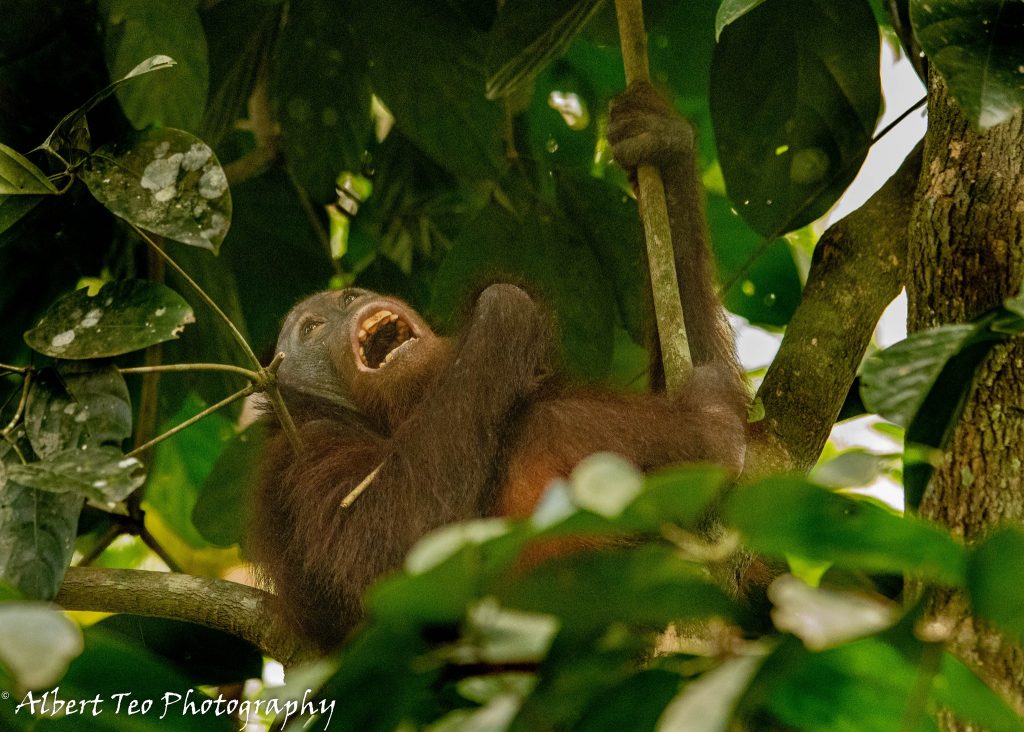
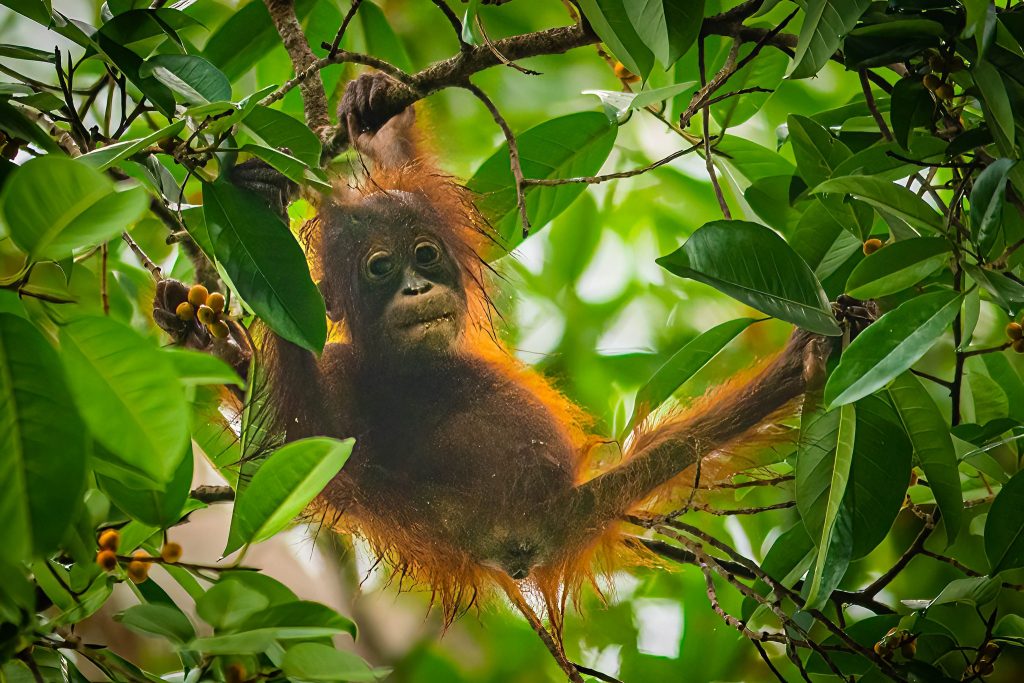
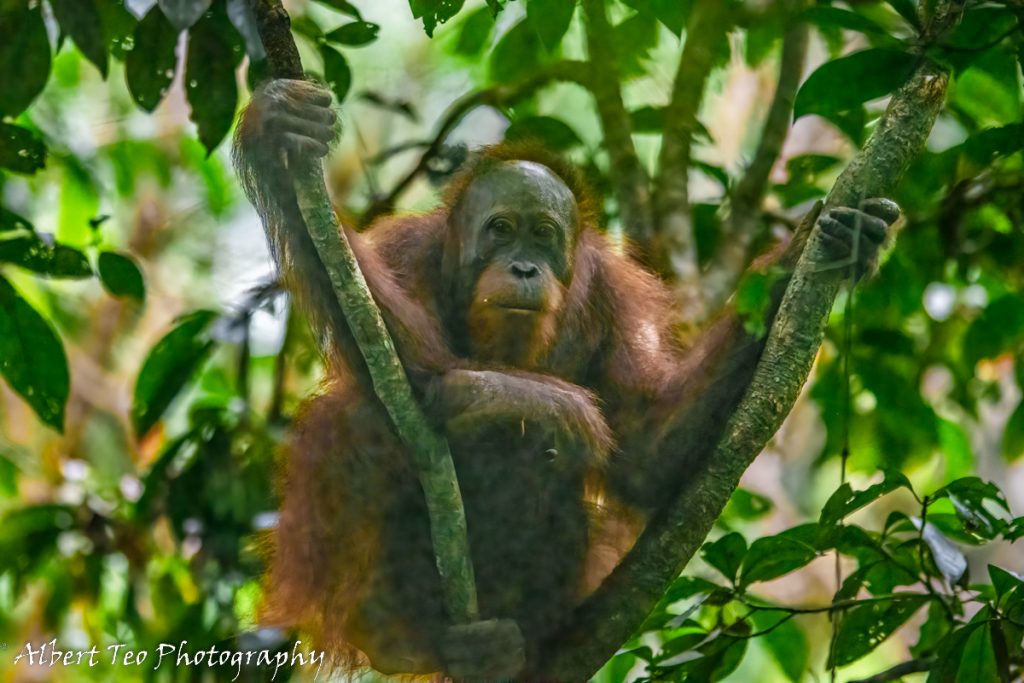
Check out our list of wildlife you have a chance of sighting at the lodge and along the Kinabatangan River.
Read up on the areas you are visiting and on what wildlife you like to photograph before you go. Get a copy of our complementary E-book from our website on 'Kinabatangan Wildlife Sanctuary'.
They are many books on mammals and birds. Check out the website of Natural History Publications. The office is on Ground Floor, Wisma Merdeka, Kota Kinabalu.
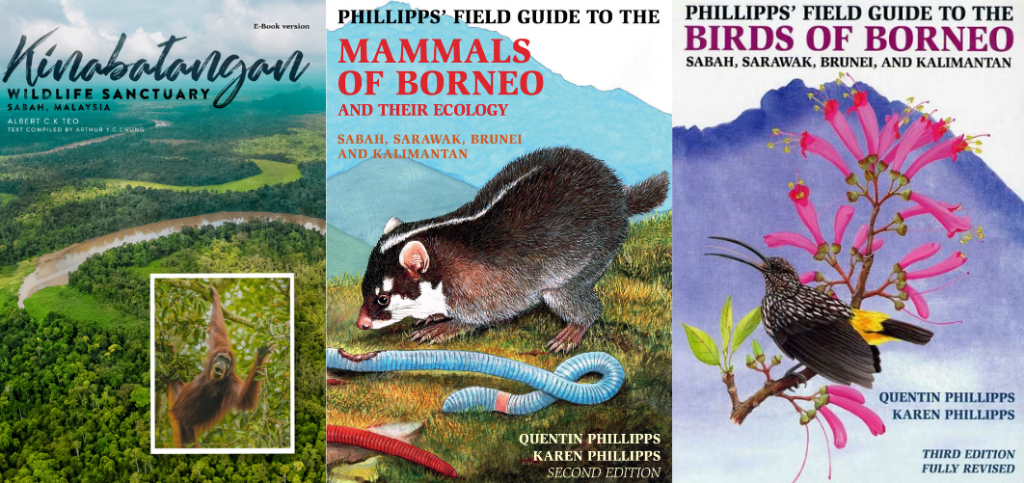
On birds and mammals of Sabah and Borneo, read up on the books Birds of Borneo and Mammals of Borneo by our Conservation Fellows, Karen and Quentin Phillips.
On land tours, turn off the car engines. This will also reduce noise and vibration. On long day tours, make sure you drink plenty of water to avoid dehydration. All our vehicles are equipped with filtered drinking water.
On river tours, avoid using two-stroke outboard engines. They are not only polluting and noisy to the passengers but also the wildlife.
Use electric motors on the boat if you have one in order to get closer to the unsuspecting wildlife and to reduce noise and vibration. (All BET boats in Sukau are equipped with one).
Most tourists go on dawn cruises when proboscis monkeys are just waking up from their sleep on treetops at the river’s edge. The noise from the river boats tend to drive many of them into the forest.
However, when most guests return to the lodge for breakfast, proboscis monkeys become more relaxed. Bring a short zoom like 24-70mm for wide angle subject and environment shots especially in morning mist.

As the sun rises and as the mist dissipates, birds like hornbills, storm stork and animals like monitor lizards, crocodiles, langurs, macaques become more active and feed on the lower branches at the river’s edge. It is best to stay with one harem group and wait for action.
Without fail, they will move and leap from tree to tree or across the river. The best photos are often taken without other boats around when the birds and mammals are more relaxed. The light is also better after sunrise.
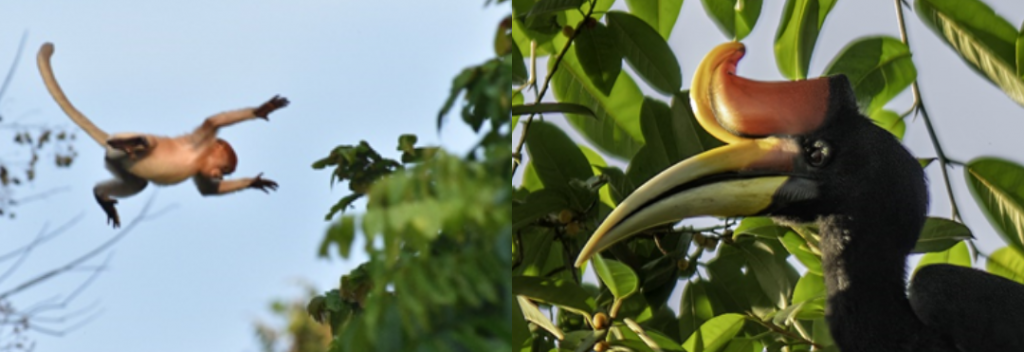
For wildlife photography, bring a 200-500mm zoom lens or equivalent and a teleconverter x1.4 and a camera with shutter speed of 10-30 frames per second.
Use telephoto lens to take photos of wildlife farther away from under the trees to reduce angle of view of subject instead of getting close to the wildlife and looking up animals on tall trees. It is against the law to ask the guide/boatman to get onto the land in the sanctuary.

On moving boat, increase shutter speed or ISO to reduce blur. Increase your shutter speed to 1/2-3,000 per second for birds in flight. Many of my best photographs are taken during mid-morning and before late afternoon when there are fewer tourist boats around.
Proboscis monkeys and orangutan, like other animals are then more likely to show you their front side and not their back.

For serious photographers, it is best to stay out all day by arranging for private boat hire for the whole day. Bring a packed lunch and drinks with you. We also have an optional private “In search of elephant” tour.

Work with the weather, not just at dawn and dusk. Always bring raincoat with you. Don’t put away your camera or cut short your river cruise just because it looks like it is going to rain. The rain or storm is usually for about an hour or so.
Some of my best photos were taken immediately after the rain when birds are very active. Just take out your raincoat and wait through the storm. Use hat with string when in the boat to avoid hat being blown off by the wind. Wear sneakers and long pants to be safe in getting in and out of boats.
On the river cruise, you may not see a lot of flowers in the forest as compared with those at the lodge. So you are more likely to see many more sunbirds and insects around the lodge.
Keep an eye out for our 3 resident orangutans namely mother “Lucky” with her two male teenage orangutan “Day” and sibling “Hope”. Sounds of gong being struck six times mean orangutans have been sighted outside the room.

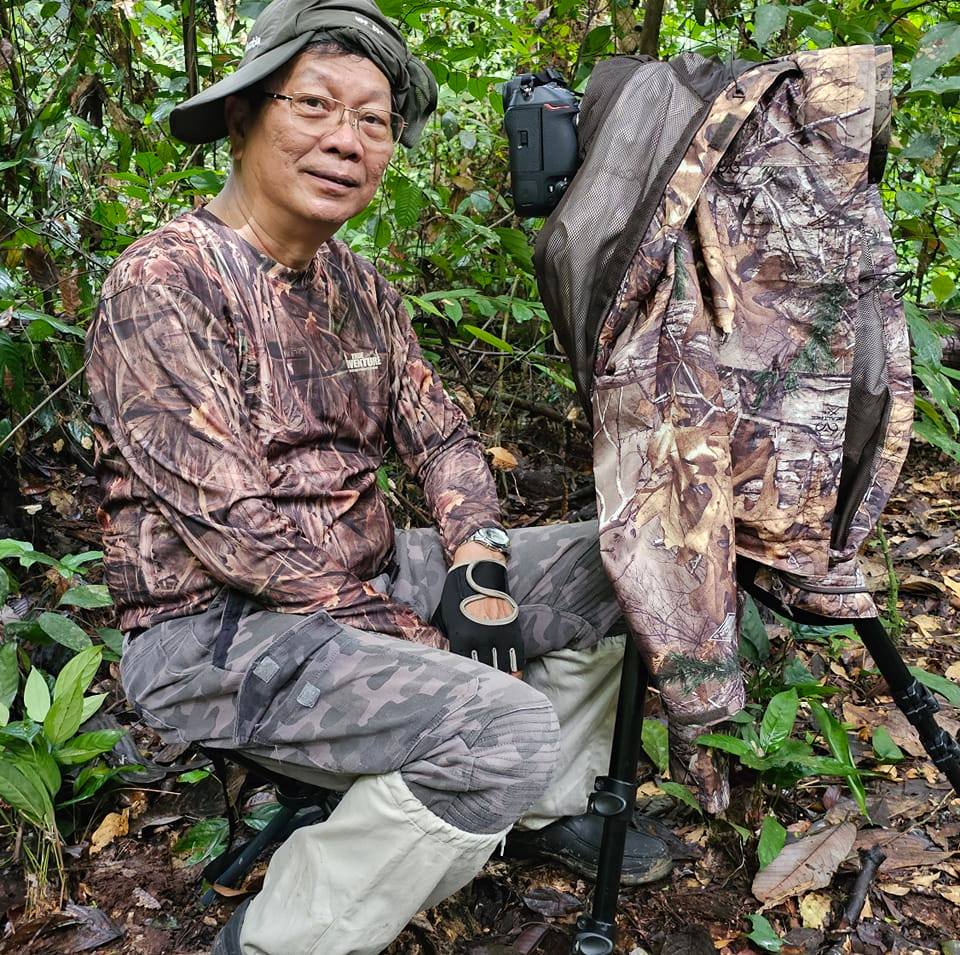
Written By Albert Teo
Managing Director of Borneo Eco Tours
Open
0800-1800hrs (Mondays-Fridays), 0800-1200hrs (Saturdays)
Close
Sundays & Public Holidays